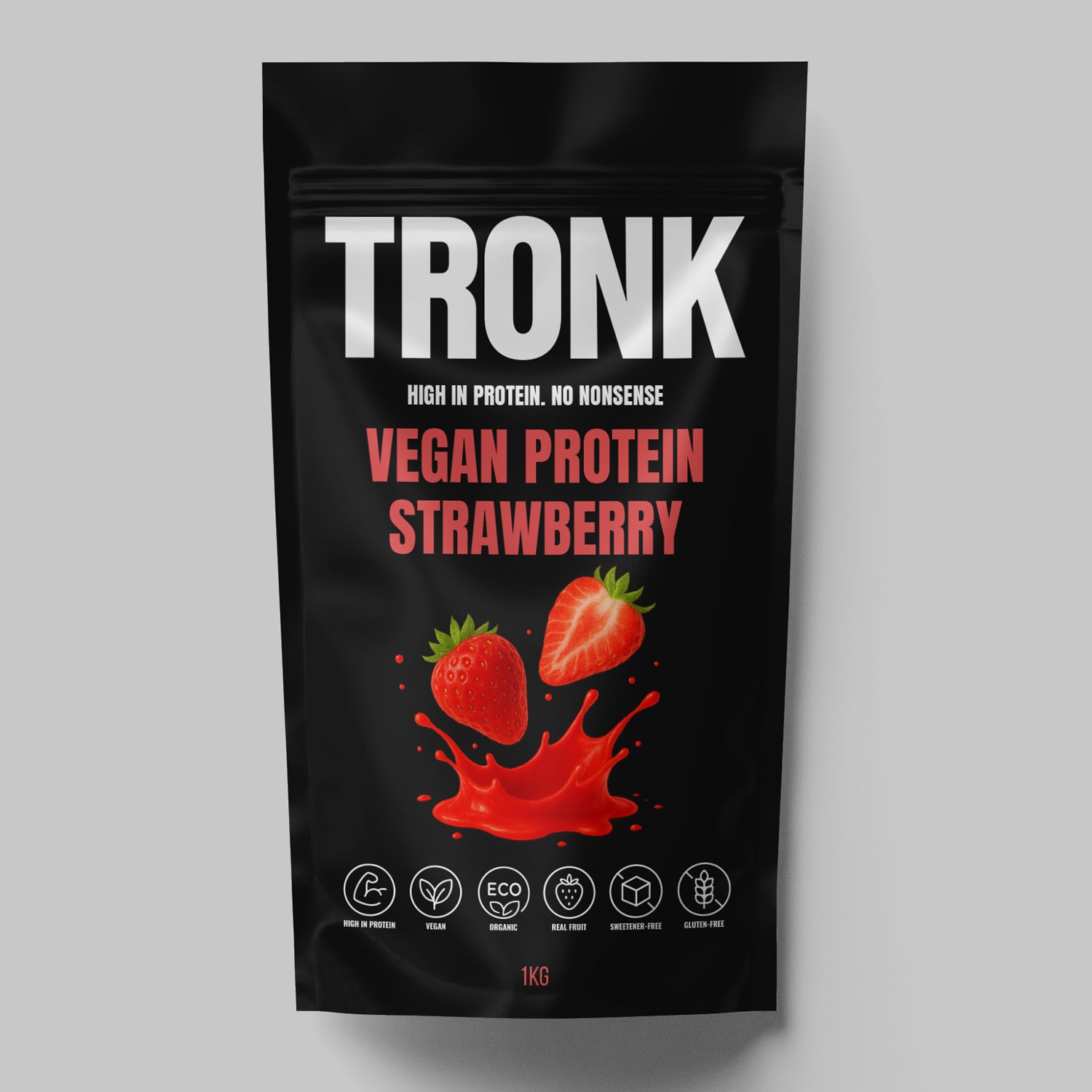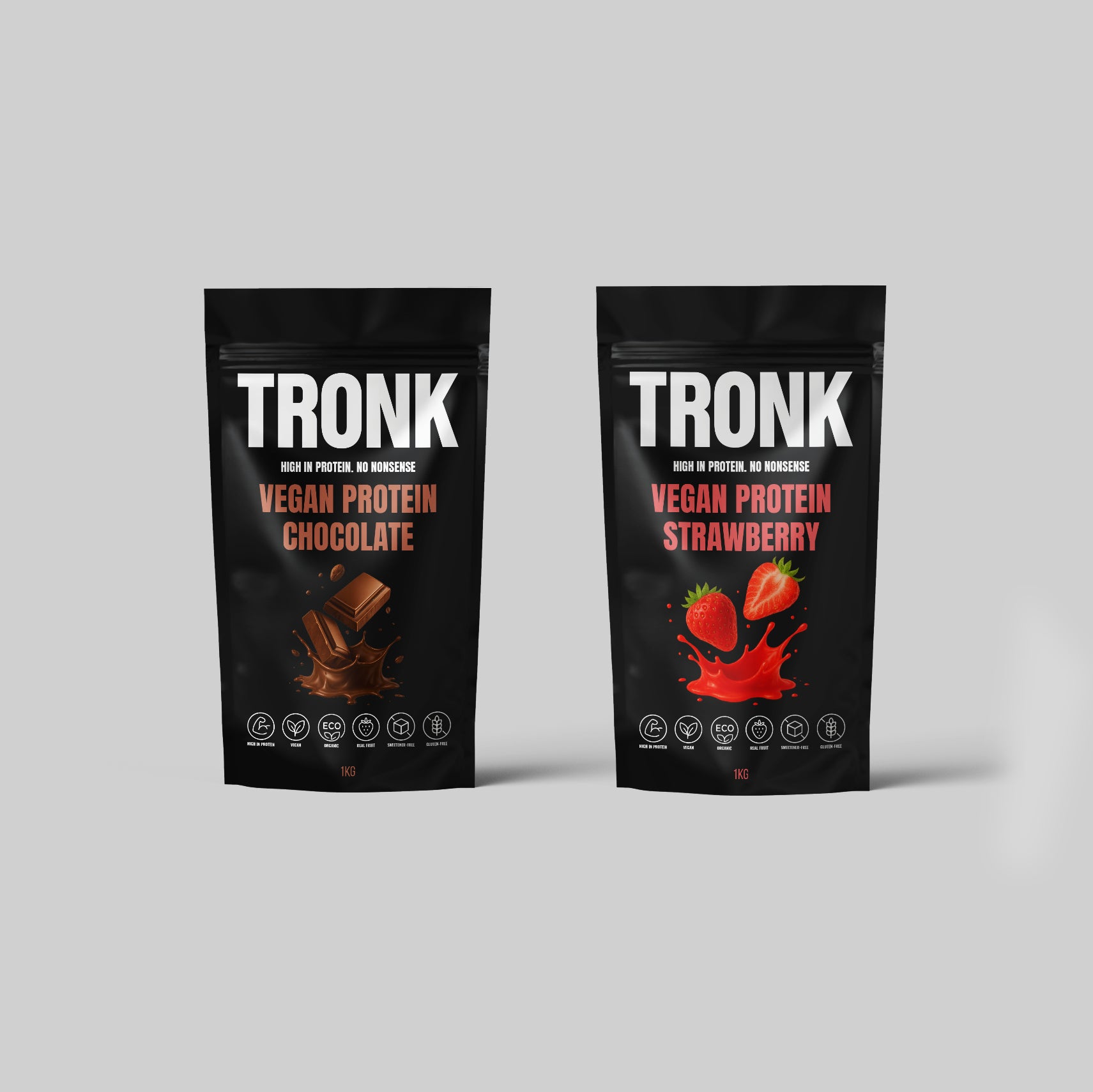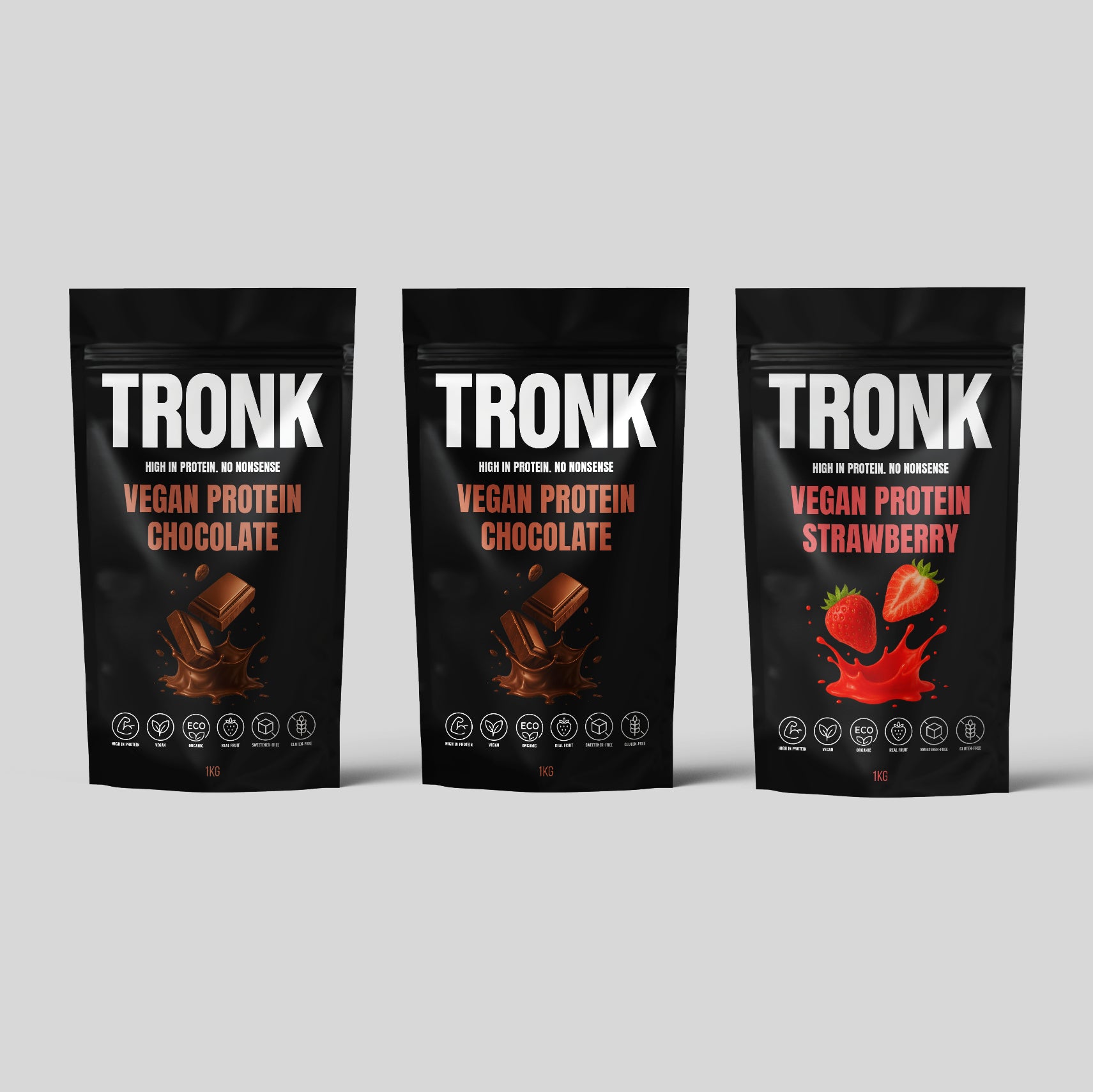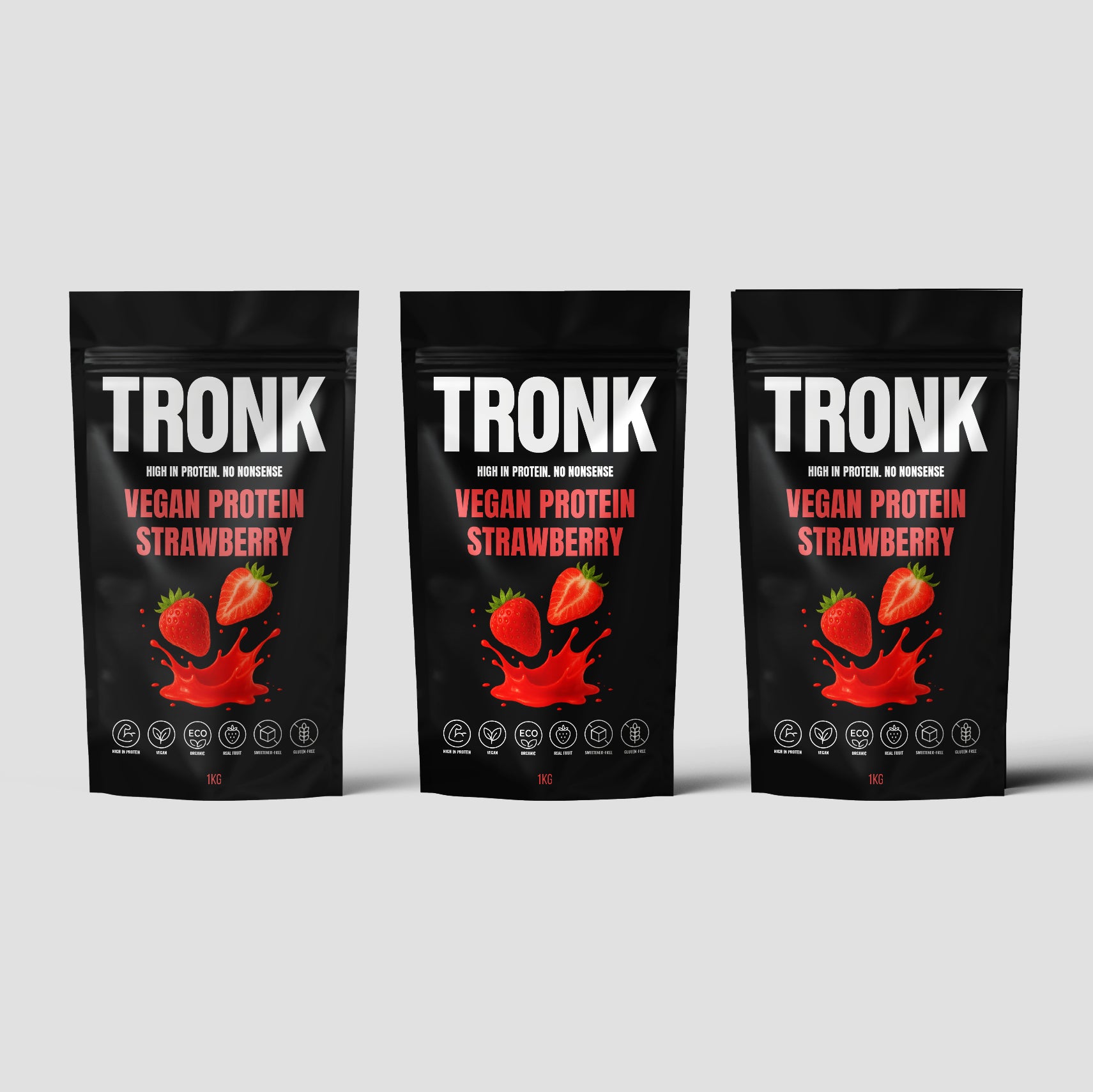
What is protein spiking and how they fool you with fake proteins
When you buy a protein supplement, the least you expect is that it actually contains protein. But in a market saturated with half-truths and aggressive marketing, not all products deliver what they promise . One fairly common trick is the so-called protein spiking . What is this fraud, and how can you detect it?
What exactly is protein spiking?
Protein spiking (also called "amino spiking") is a deceptive practice used by some brands to artificially inflate the protein content of their products. They do this by adding cheap amino acids (such as glycine, taurine or creatine) or even non-protein nitrogen, which causes lab tests to show more protein than is actually present.
This is because standard protein tests (such as the Kjeldahl method ) measure total nitrogen, not the quality or type of amino acids present. Thus, a supplement may appear to have 25g of protein per serving, when in fact it only contains 15g of complete protein and the rest is low quality amino acids put in for filler.

Why this is a problem
Protein adulteration is not only a legal and ethical fraud: it also directly harms your health and your goals.
-
Less gains : By consuming incomplete or poor-quality protein, your body doesn't get the essential amino acids it needs to build and repair muscle. You think you're meeting your daily protein goals , but actually you're not.
-
Waste of money : You're paying for something you're not getting. A dose of adulterated protein is basically an expensive mix of fillers. Instead of protein, you're consuming more sugar or fat than you need.
-
Health risks : Although some of these amino acids are not dangerous in small amounts, excessive quantities can cause metabolic imbalances or health problems if you take them regularly without knowing it.

How to detect spiked protein
Detecting adulterated proteins is not easy, because labels often do not make this clear. Still, there are some warning signs to look out for:
Vague or confusing label
If the product doesn't specify the amino acid breakdown or simply says "protein blend" without any details, be suspicious. Transparent brands indicate exactly what type of protein is used and in what proportion.
Presence of added amino acids
Look for unjustified added amino acids such as glycine, taurine, arginine, glutamine, or creatine on the ingredient list. Although these ingredients aren't harmful in and of themselves, they're often used as fillers to cut costs.
Suspiciously low price
If a protein powder is priced too good to be true, it probably is. Good quality proteins have a real cost. A low price usually means they've cut corners elsewhere.

Complete proteins vs adulterated proteins
A complete protein is one that contains all the essential amino acids in adequate proportions. Adulterated proteins, on the other hand, may not only lack these key amino acids, but may also give you a false sense of meeting your needs, which can lead to nutritional imbalances.
At Tronk, we use only pea and rice protein —a 100% plant-based, complete combination with no fillers, no sucralose for flavor, just real strawberry or real cocoa . Our formula not only prevents this kind of deception, but also guarantees that what you see on the label is exactly what's in the package.
Watch what you put into your body
Protein spiking is a clear example of how some manufacturers prioritize profit margin over product quality . Detecting it requires attention, but it's key if you want to avoid deceptive supplements and consume real, complete, and effective proteins.
Don't be fooled by poor quality protein. Go for honest, transparent products that do not hide their real composition behind colourful packaging and flashy flavours. Your health and your goals deserve it.








